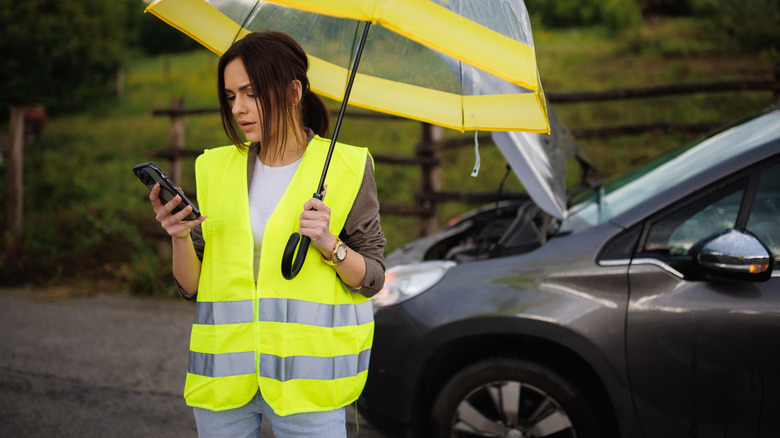Can Jumper Cables Be Used in the Rain?

Safety Tips for Jumpstarting a Car in the Rain
Car batteries seem to die at the worst times, often leaving drivers stranded in inconvenient or dangerous situations. Whether it's during a storm, in the dark, or in freezing temperatures, the experience of needing to jumpstart a car can be stressful. However, with the right precautions, it is possible to safely use jumper cables even when it’s raining.
One common concern is that water and electricity don’t mix, which makes many people worry about getting an electric shock while handling jumper cables in wet conditions. However, car batteries typically operate at a low voltage—usually 12 volts—which isn't enough to cause electrocution. The real risk lies not in the battery itself but in the potential for water to cause a short-circuit or electrical surge within the vehicle’s system. This can damage sensitive components, though the likelihood of this happening is relatively low if proper steps are followed.
To minimize risks, it’s essential to keep certain parts of the jumper cables and battery dry. These include the terminals of both the dead and live batteries, as well as the four clamps on the jumper cables. When connecting the negative (black) cable, attach the "dead" end to a dry part of the vehicle’s chassis, such as a bolt inside the engine bay. This helps prevent any unwanted electrical contact.
It’s important to remember that you don’t need to completely dry every part of the setup. As long as the live components remain dry, the process can be carried out safely. That said, trying to keep everything bone-dry in heavy rain can be impractical. Instead, focus on protecting the critical areas.
Keeping Jumper Cables Dry in the Rain
When it's raining heavily, keeping your jumper cables dry might seem impossible. However, only the metal clamps, known as the “leads,” need to stay dry. The outer rubber coating of the cables is waterproof and can withstand moisture. To protect the leads, try to keep them covered while moving them between vehicles. If they do get wet, shake them off and dry them under the hood or with an umbrella before connecting them to the battery terminals.
The hood of the car provides some protection from the rain, so it’s a good idea to work under it whenever possible. If wind is blowing rain into the engine bay, position the cars to face away from the direction of the rain, or use an umbrella or coat to block the rain. Additionally, make sure both vehicles are parked on a flat surface and away from puddles or standing water.
Dealing with Dampness and Humidity
During heavy rain, dampness and humidity are almost unavoidable. While car batteries are generally designed to be waterproof, their terminals should remain dry. Water can act as a conductor, especially if it creates a connection between the battery terminal and another conductive material, like the metal frame of the car. Slightly damp components may not pose a significant risk, but it’s always wise to exercise caution.
Despite the challenges of working in the rain, there’s no need to let the weather stop you from getting back on the road. With careful attention to the key areas that need to stay dry, you can successfully jumpstart your car even in the worst conditions.
Additional Resources and Tips
For more information on how to handle rainy weather while working on your car, consider looking into tips for keeping jumper cables dry during a downpour. These strategies can help ensure that your equipment remains functional and safe to use.
If you're interested in staying up-to-date with the latest trends in technology and automotive news, subscribing to a free newsletter can provide valuable insights. You’ll receive regular updates, expert guides, and practical tips delivered directly to your inbox.